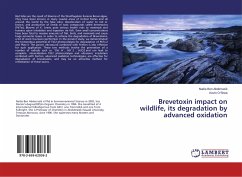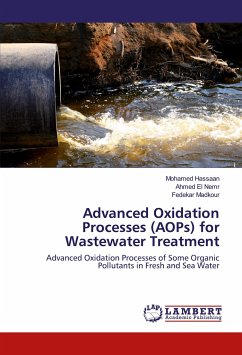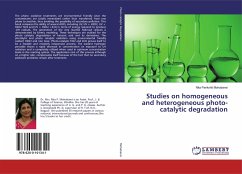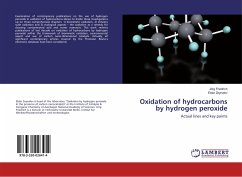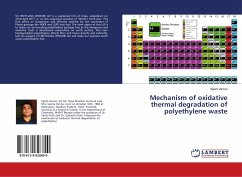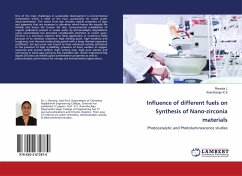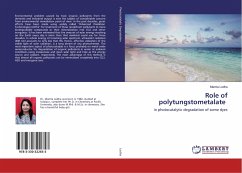Red tides are the result of blooms of the Dinoflagelate Karenia Brevis algae. They have been known in many coastal areas of United States and all around the world by the false odor, discoloration of water to red or brown, and production of family of toxic compounds called brevetoxins (PbTxs). Blooms of K. brevis pose serious health risks to mammals and humans upon inhalation and ingestion via fish. Even small concentrations have been fatal to massive amounts of fish, birds, and mammals and cause huge economic losses. In order to achieve the degradation of Brevetoxins, a lot of work has been performed. In the present study, we demonstrated the tremendous potential of TiO2 photocatalysis for degradation of PbTx-2 and Pbtx-3. The power ultrasound combined with Fenton is also effective for such application. These two methods involve the generation of a number of radicals such as OH, H , HO 2 , H2O2 and can lead to complete mineralization. TiO2 photocatalysis and ultrasonic irradiation combined with Fenton, advanced oxidation technologies, are effective for degradation of brevetoxins, and may be an attractive method for remediation of these toxins.

